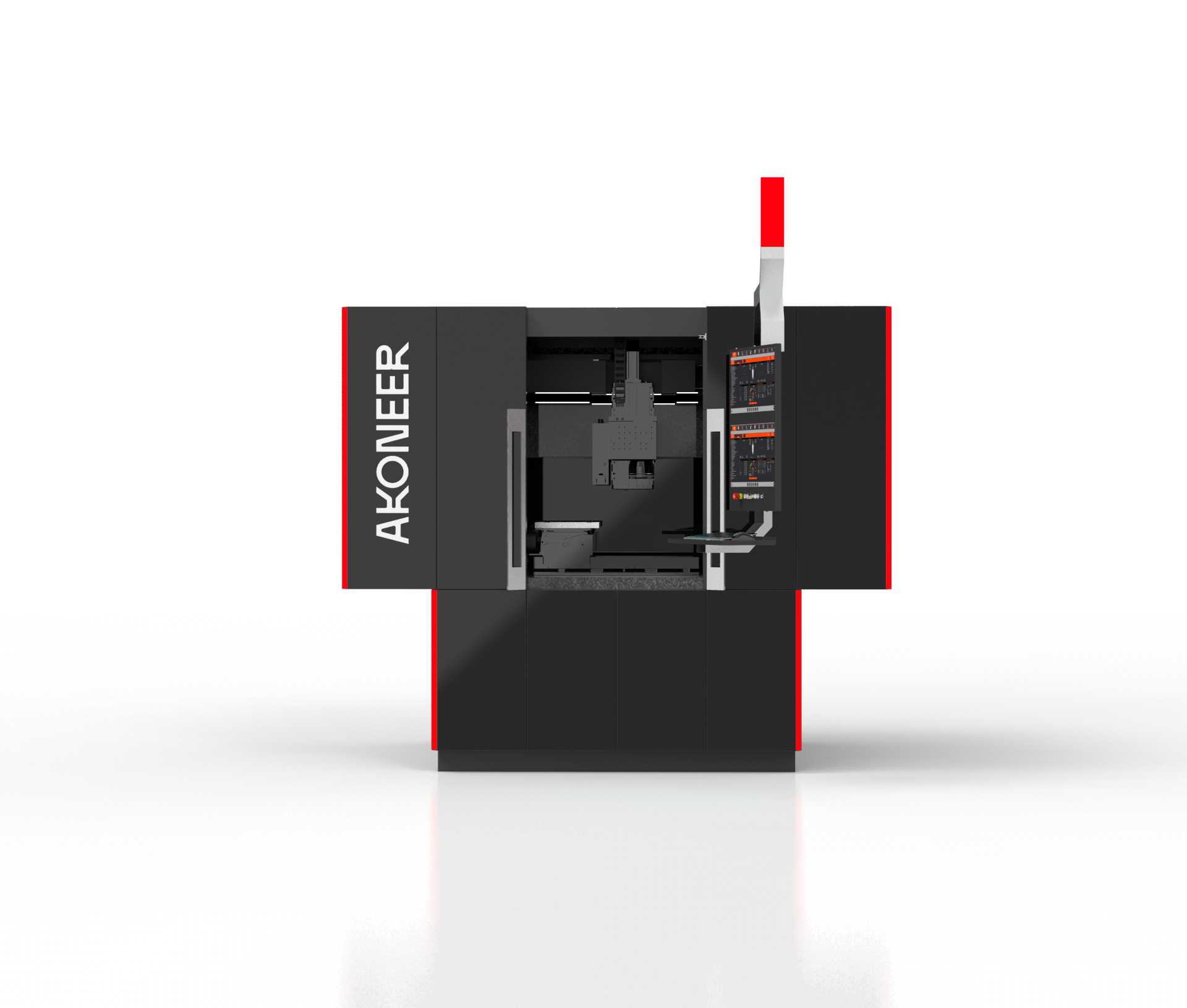Laser cutting Teflon
Laser cutting offers an efficient method for shaping Teflon, balancing performance and safety in various industrial applications.
Teflon, known chemically as polytetrafluoroethylene (PTFE), is a high-performance material renowned for its exceptional properties. It's widely used in industries ranging from aerospace to food processing due to its non-stick, heat-resistant, and chemical-resistant characteristics. Laser cutting provides a precise method to shape Teflon for various applications. This article explores the benefits, challenges, and best practices associated with laser cutting Teflon, offering insights into why this technique is gaining traction in modern manufacturing.
Understanding Teflon's properties
Teflon is a synthetic fluoropolymer of tetrafluoroethylene that possesses unique properties making it a desirable material in many applications. Its non-reactive nature allows it to withstand high temperatures and resist corrosive chemicals, ideal for environments where other materials might fail. Teflon's low friction coefficient and non-stick surface also contribute to its popularity, particularly in the food industry. These properties, however, pose challenges when attempting to cut or shape Teflon using traditional methods, which is where laser cutting becomes advantageous.
The role of laser cutting in Teflon fabrication
Laser cutting is an advanced technique using a focused beam of light to melt, burn, or vaporize material with high precision. Applied to Teflon, laser cutting offers several benefits over conventional methods like mechanical cutting or punching. The accuracy of laser cutting ensures minimal material waste and clean edges, vital for components that require tight tolerances. A laser cutter can achieve repeatability of ±0.02 mm, ensuring consistent quality. Additionally, the non-contact nature of laser cutting minimizes the risk of contamination or damage to the Teflon surface, preserving its integrity and performance.
Challenges in laser cutting Teflon
Despite its advantages, laser cutting Teflon presents specific challenges that need addressing to achieve optimal results. Teflon's high melting point and thermal resistance can make it difficult for the laser to penetrate effectively without causing thermal damage. The material's tendency to absorb certain laser wavelengths can result in uneven cuts or discoloration. Furthermore, because Teflon is known to emit hazardous fumes when heated, adequate ventilation and protective measures are essential during the cutting process to ensure safety and compliance with health regulations.
Best practices for laser cutting Teflon
To overcome the challenges associated with laser cutting Teflon, several best practices should be considered. Selecting the appropriate laser type and power setting is crucial; CO2 lasers, operating typically between 2–6 kW, are commonly used due to their effectiveness in cutting polymers like Teflon. Fine-tuning the laser's speed and focus can help achieve clean cuts while minimizing the heat-affected zone. Using a substrate that supports the Teflon during cutting can also prevent warping or distortion. It's essential to conduct thorough testing and calibration before beginning full-scale production to ensure consistent quality and performance.
Applications of laser-cut Teflon
The precision and efficiency of laser cutting open up a wide array of applications for Teflon in various industries. In the electronics sector, Teflon is often used as an insulating material for wiring and components, where precise cuts are required to maintain electrical performance. A leading electronics company reduced material waste by 30% after integrating laser cutting technology into their process. In the medical field, Teflon's biocompatibility and chemical resistance make it suitable for surgical instruments and implants, where precision and cleanliness are paramount. Additionally, the automotive and aerospace industries benefit from Teflon's lightweight and durable properties, using laser-cut components to enhance performance and reduce weight.
Environmental and safety considerations
When laser cutting Teflon, it is critical to address environmental and safety concerns. The cutting process can release fumes that contain toxic compounds like hydrogen fluoride, necessitating the use of proper extraction systems to protect workers and comply with environmental regulations. Implementing safety protocols, such as personal protective equipment (PPE) and regular equipment maintenance, ensures a safe working environment. It is also important to consider the disposal of Teflon waste material to minimize environmental impact.
Future trends in laser cutting Teflon
As technology advances, the future of laser cutting Teflon looks promising with developments aimed at enhancing precision, speed, and safety. Innovations in laser technology, such as ultrafast lasers and improved beam delivery systems, could further improve the quality of cuts while reducing thermal effects. The integration of automation and real-time monitoring systems may lead to more efficient and scalable production processes. As industries continue to demand high-performance materials, the role of laser cutting in Teflon fabrication is expected to grow, driven by the need for precision and innovation.
Laser cutting Teflon offers a cutting-edge solution for fabricating components with high precision and minimal waste. While challenges such as thermal management and safety must be addressed, the benefits of laser cutting make it an invaluable tool in the production of Teflon parts. As industries evolve and technological advancements continue, laser cutting is poised to play a crucial role in shaping the future of Teflon applications, ensuring that this remarkable material continues to meet the demands of modern manufacturing.
